Piero Heliczer
Piero Heliczer
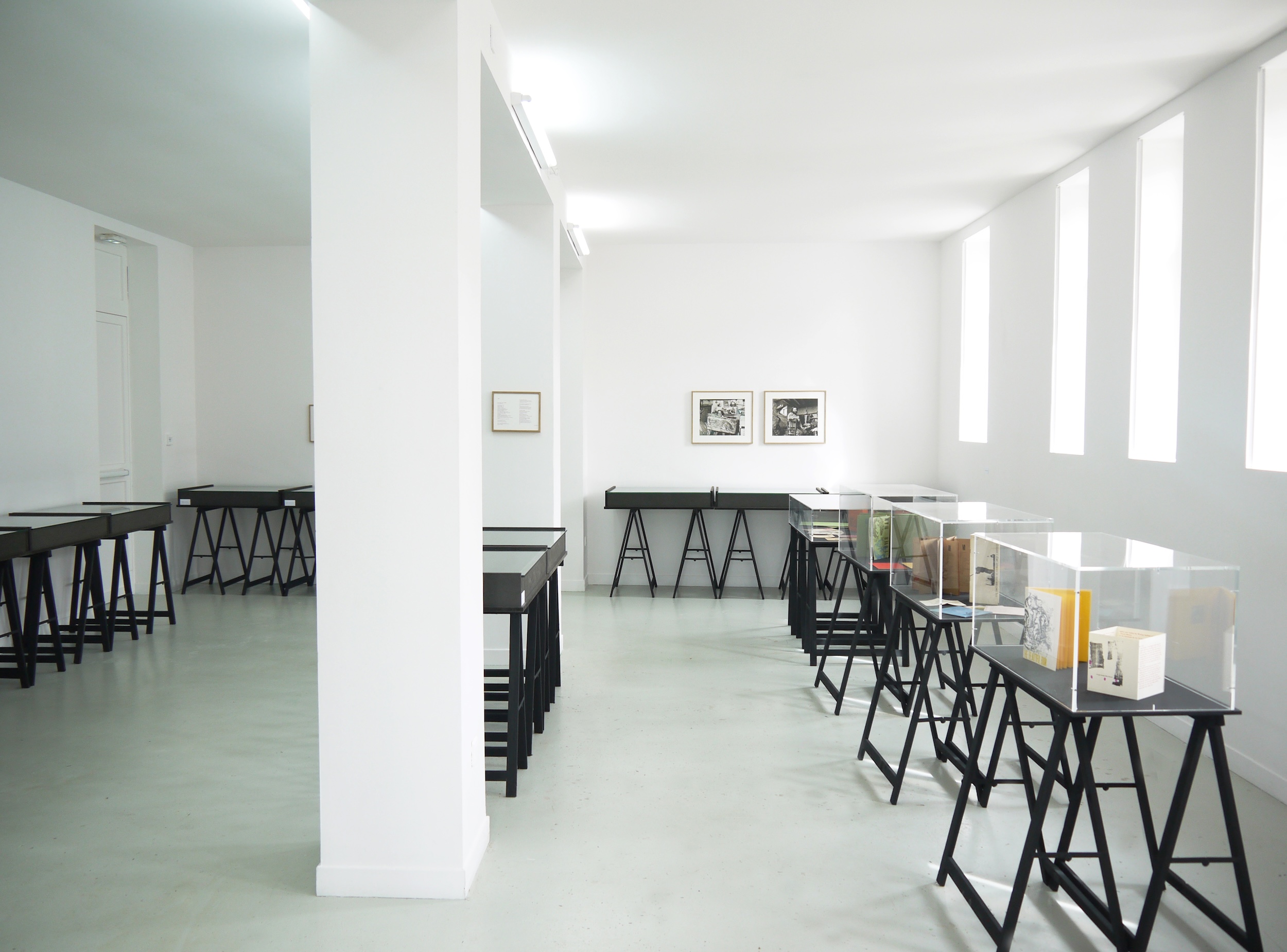
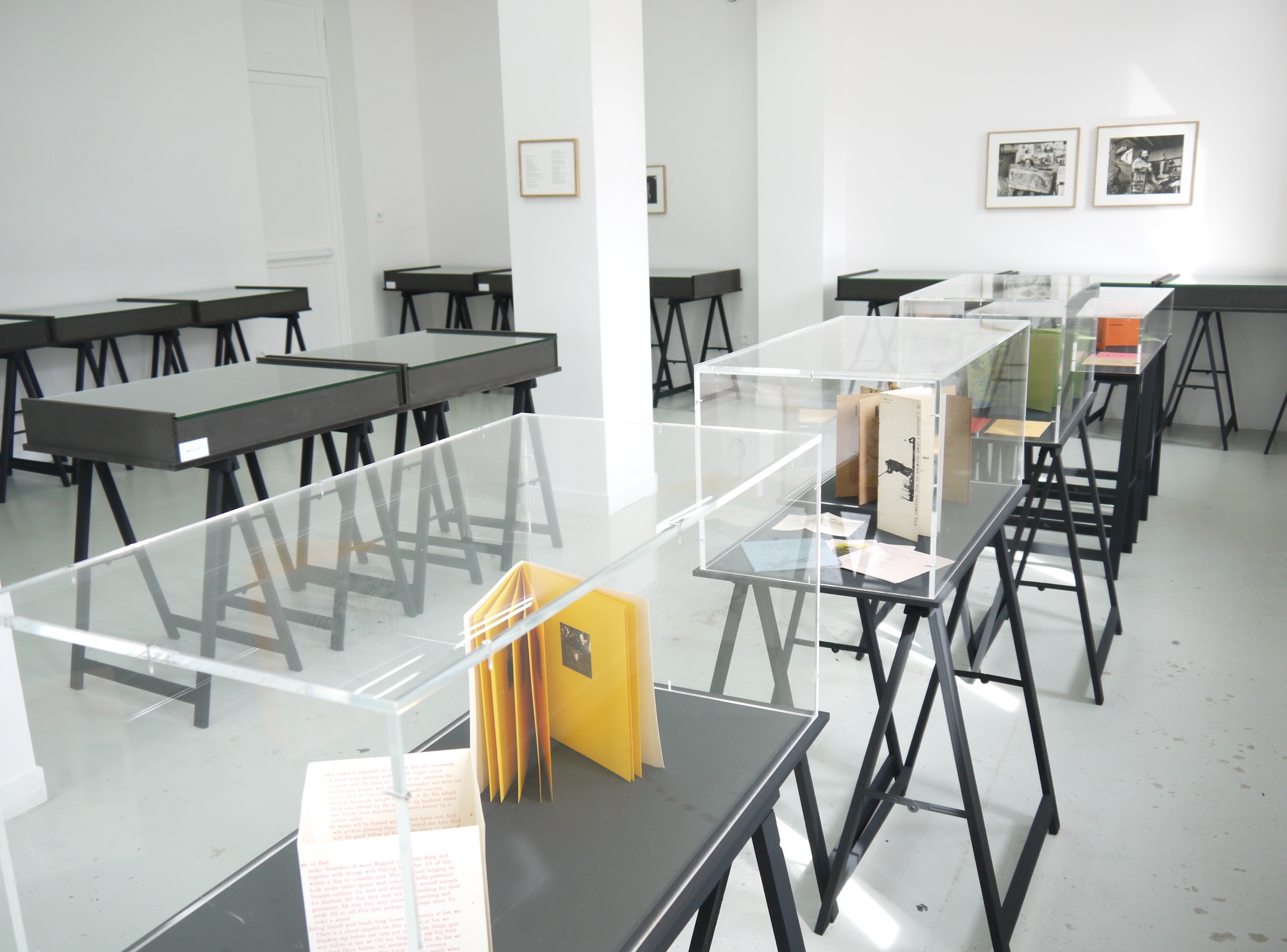
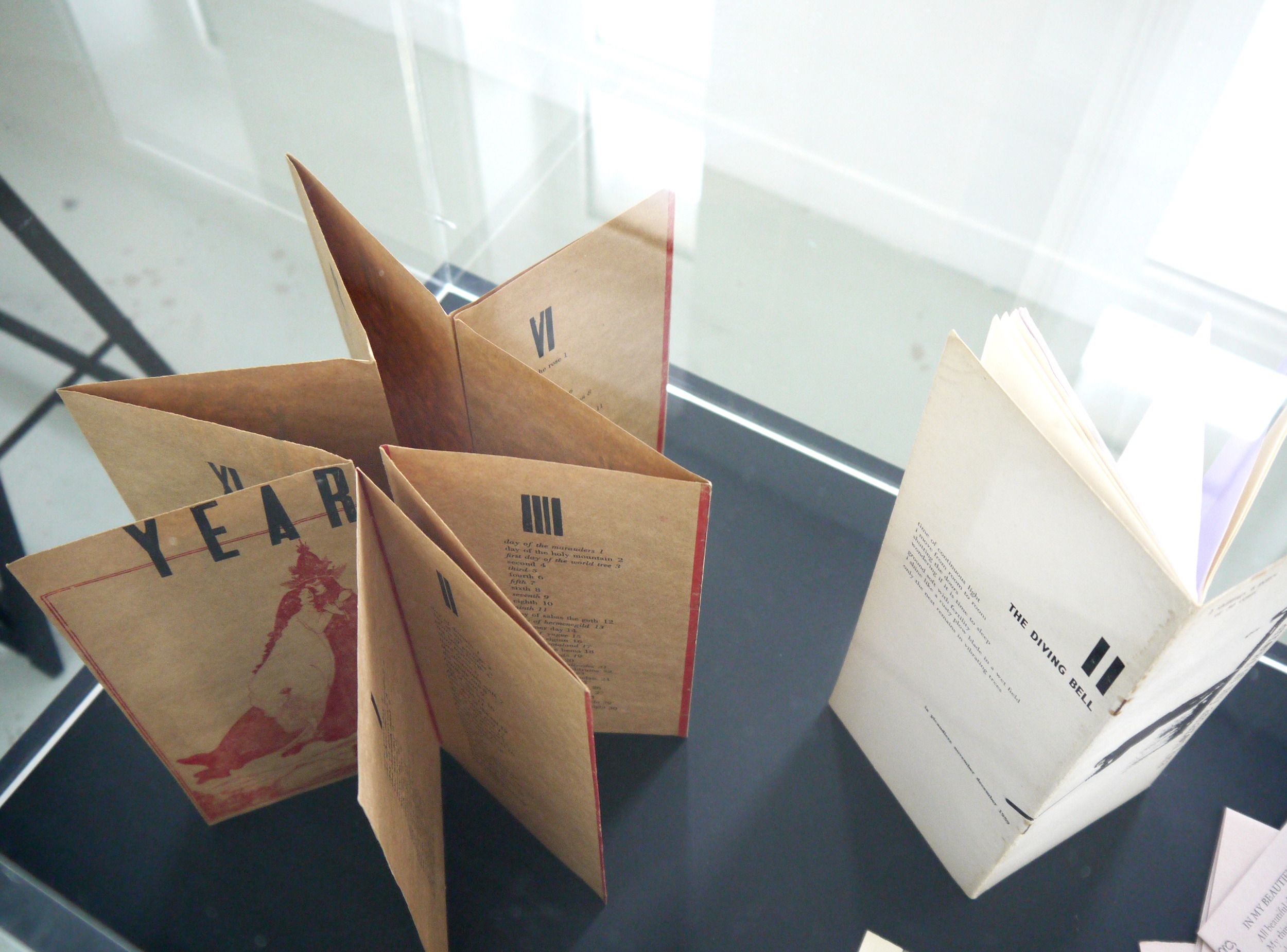
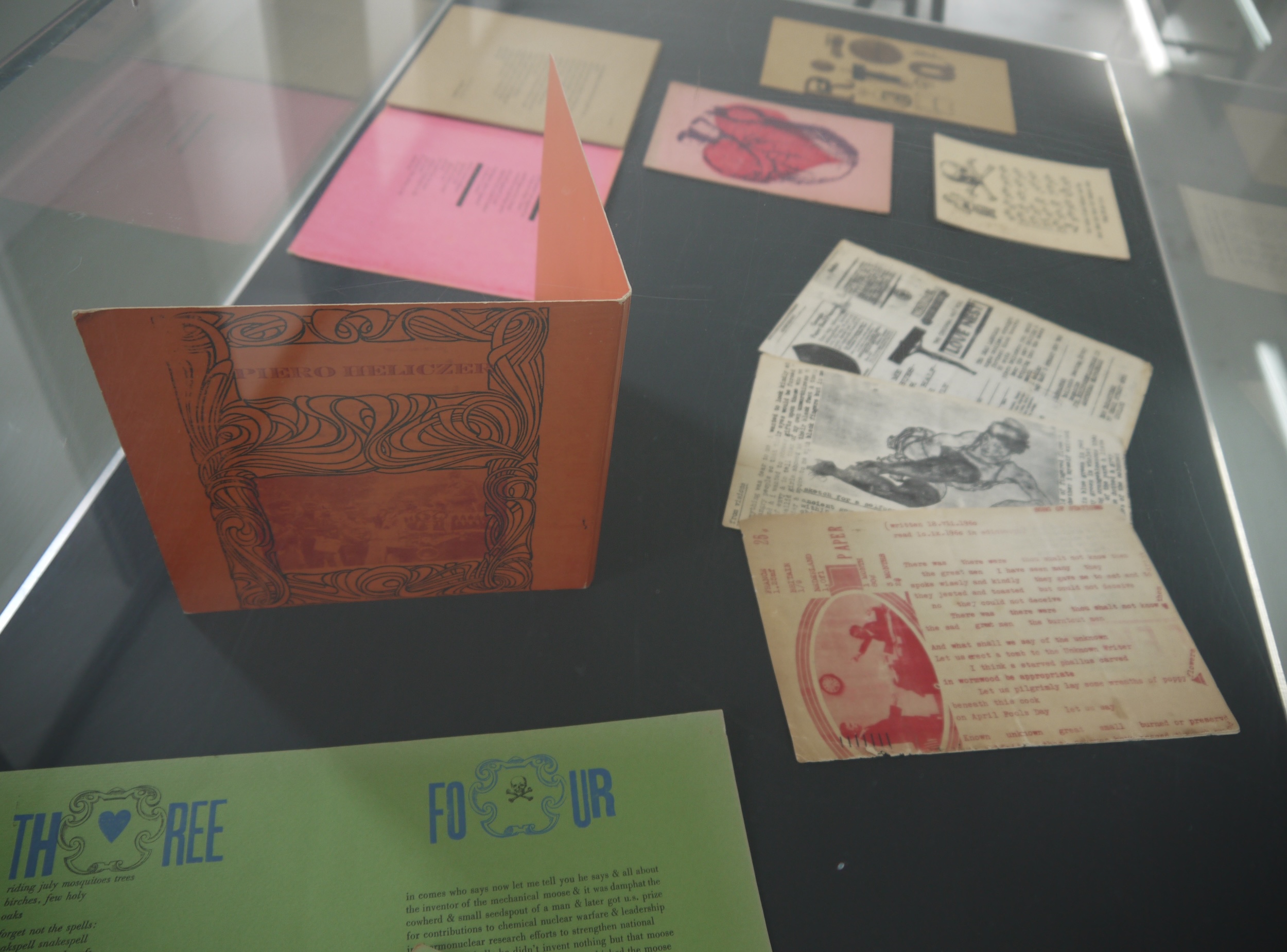
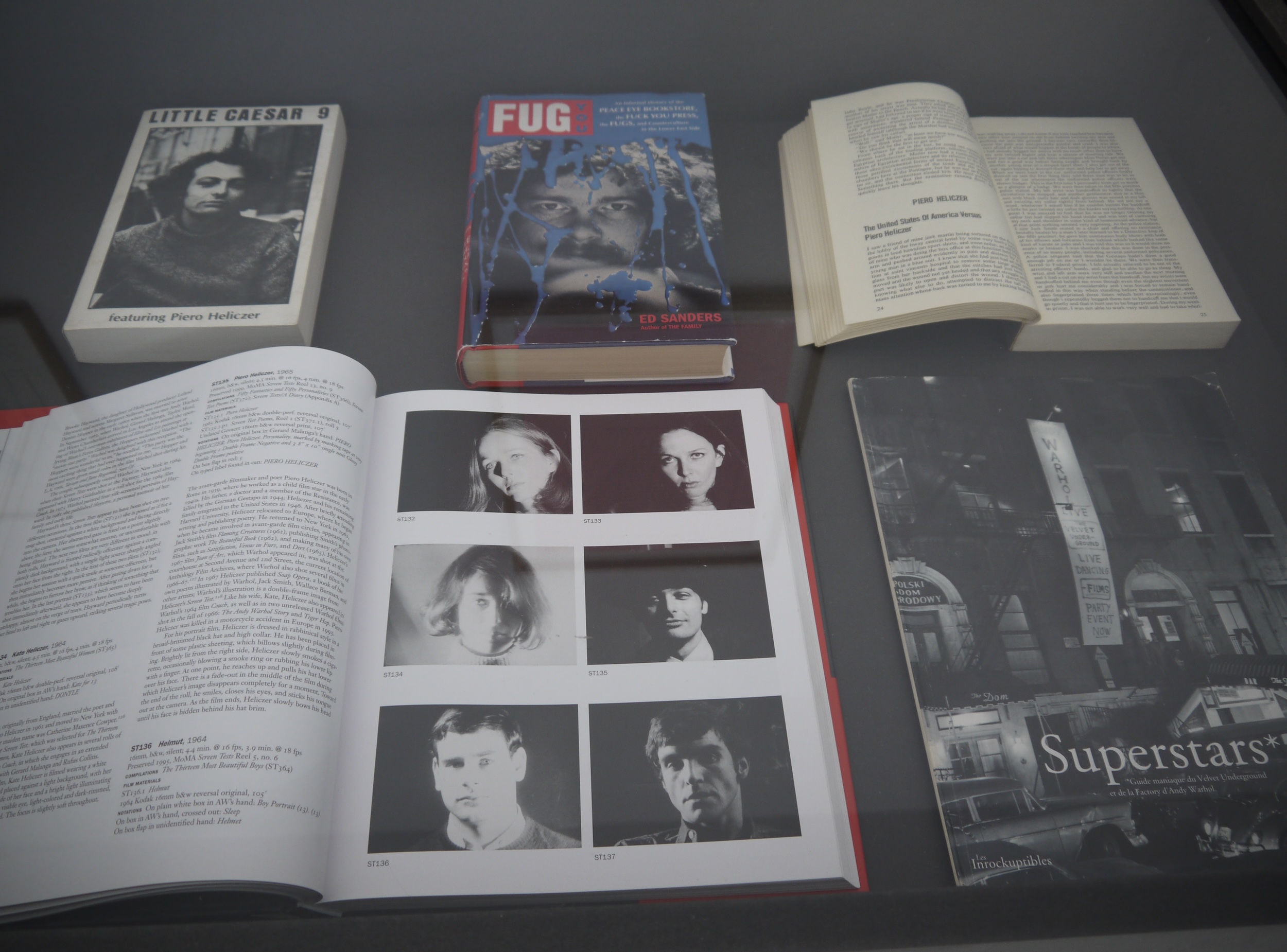
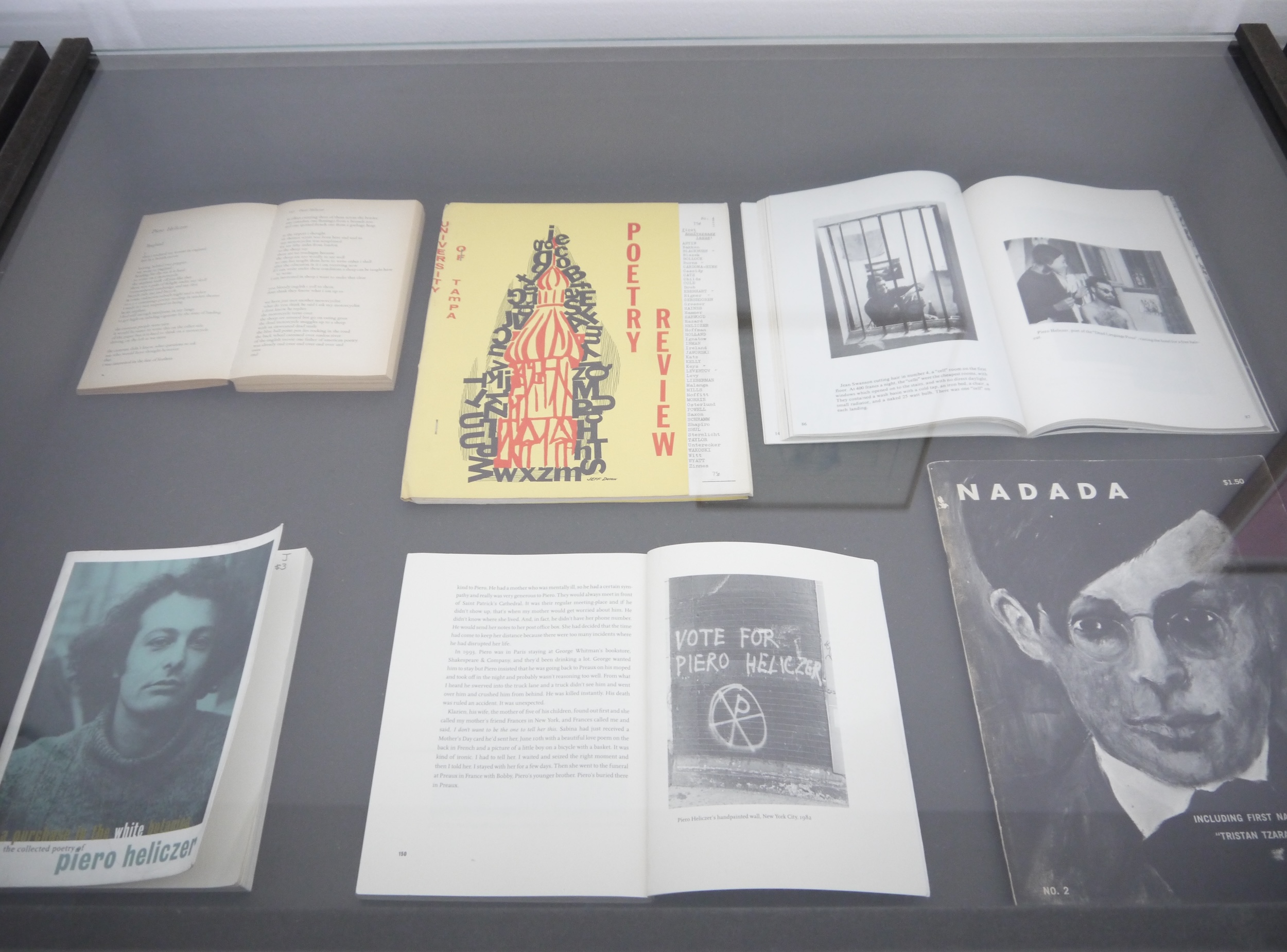
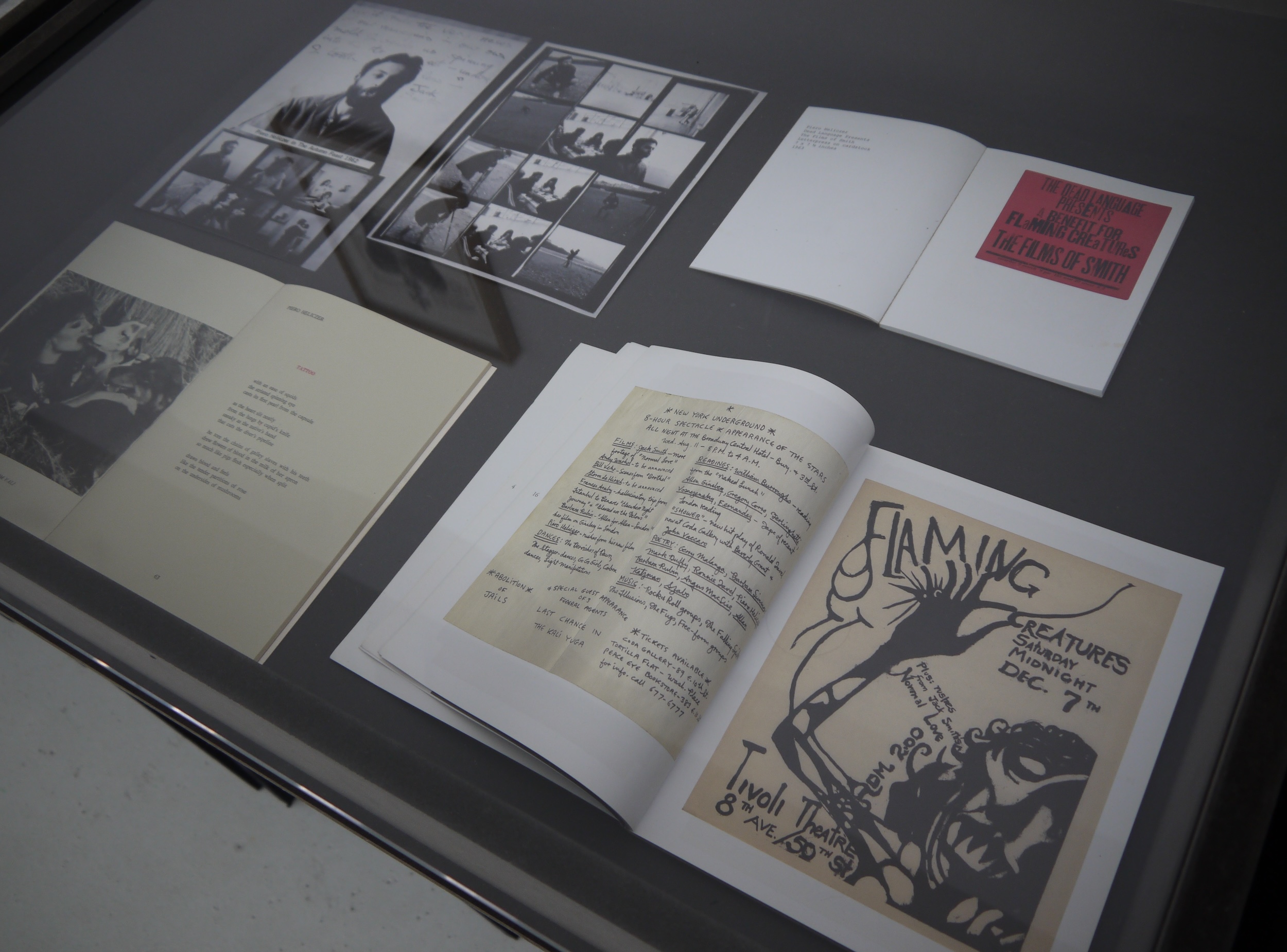
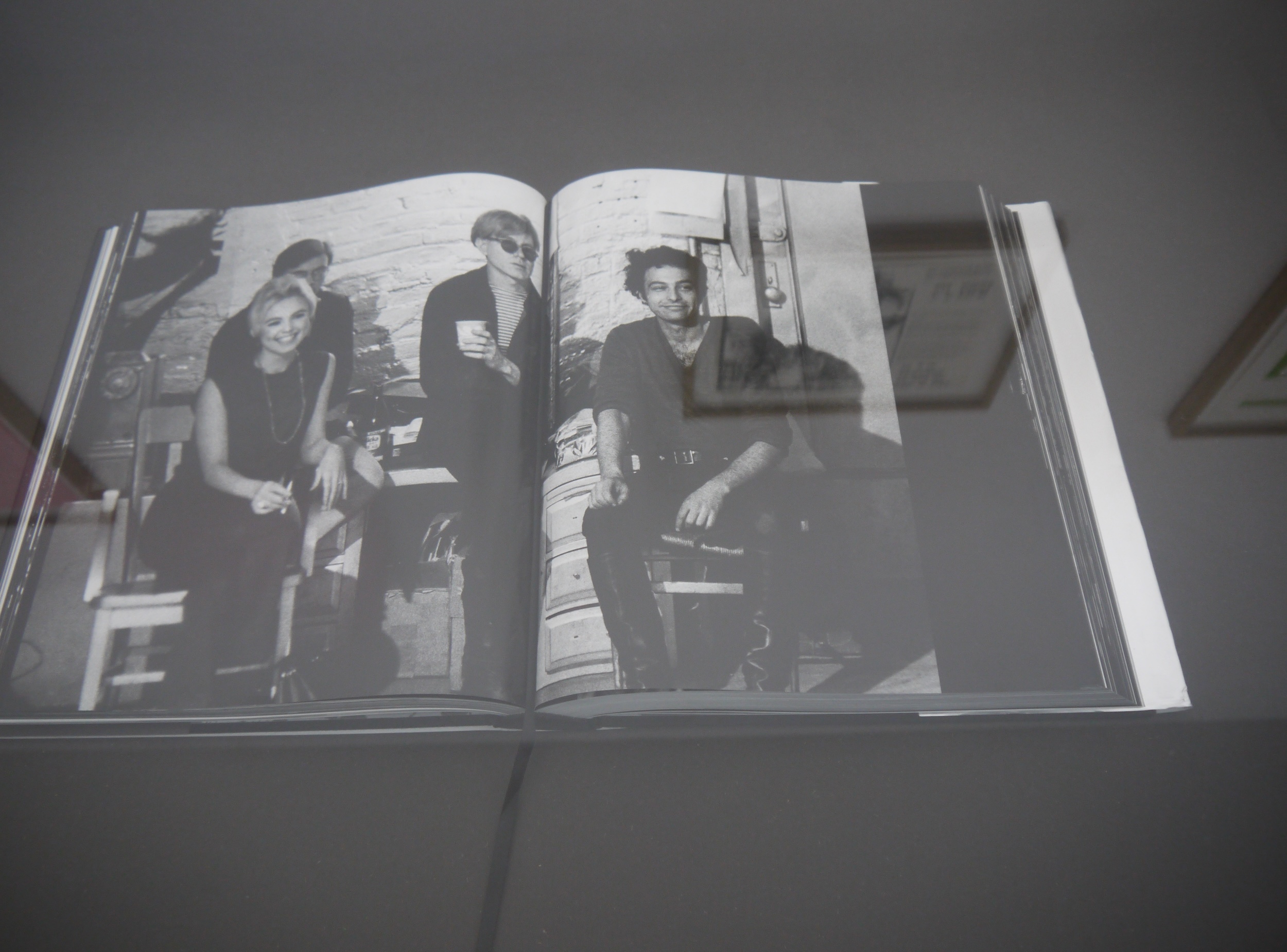
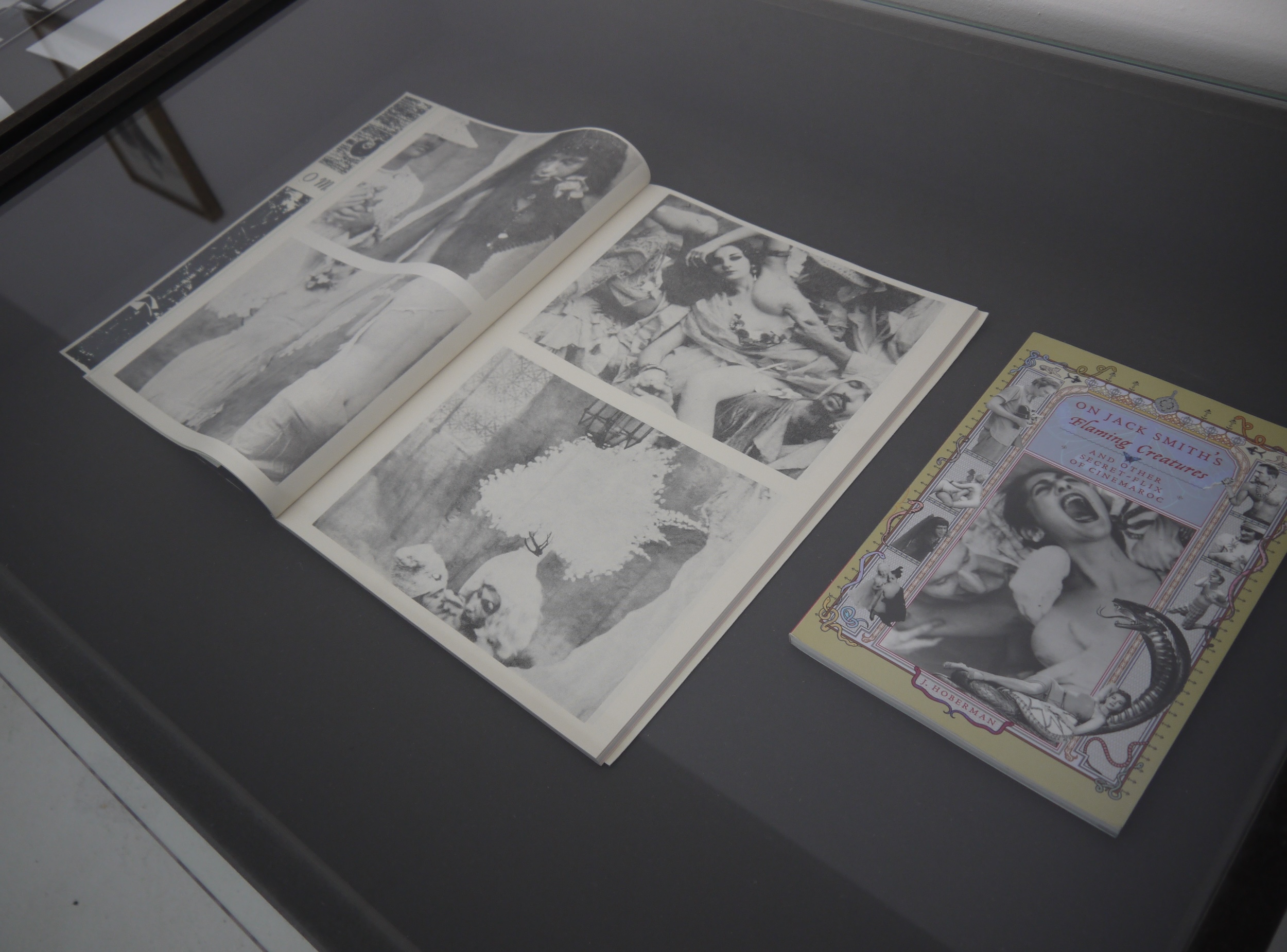
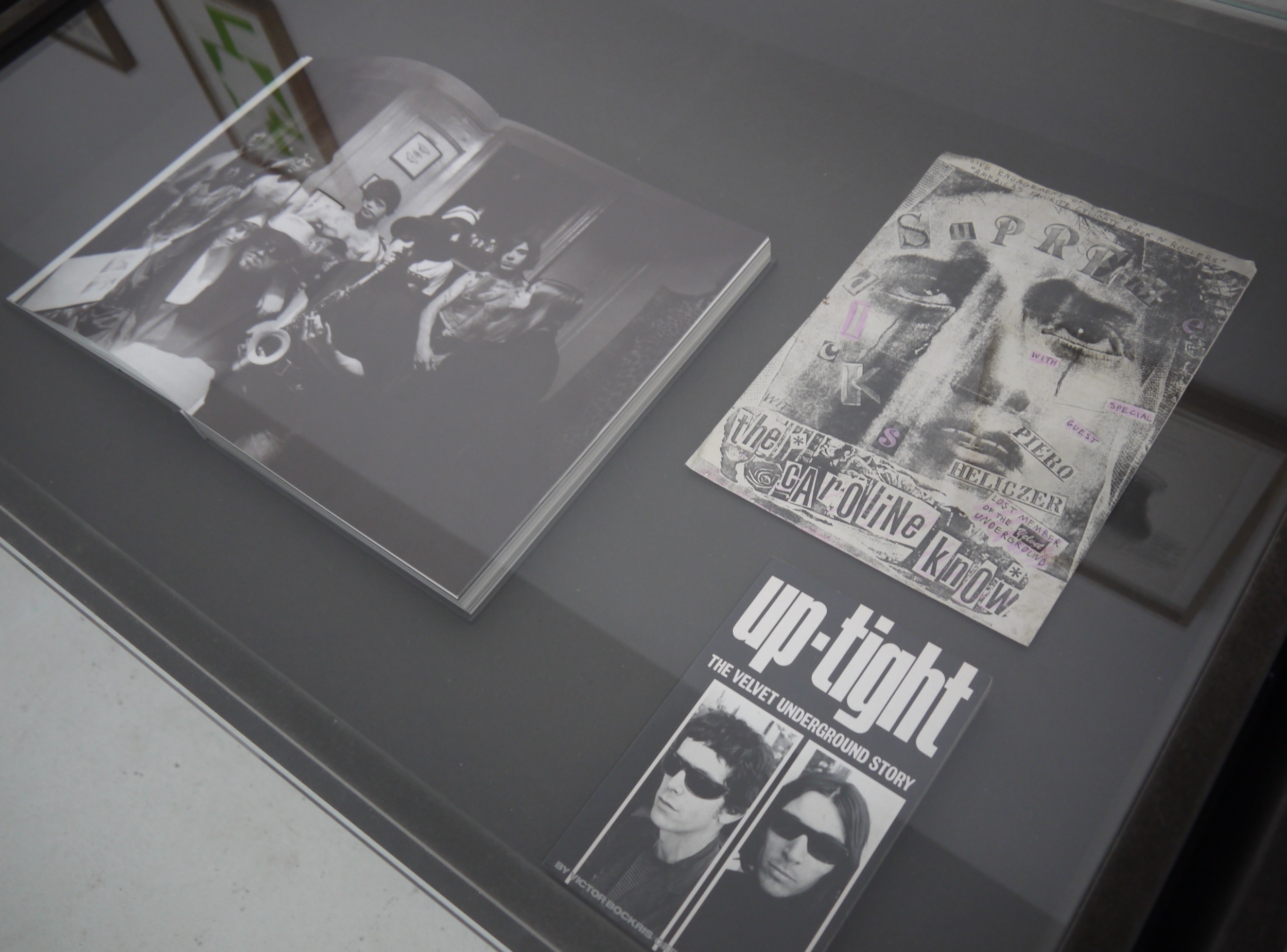
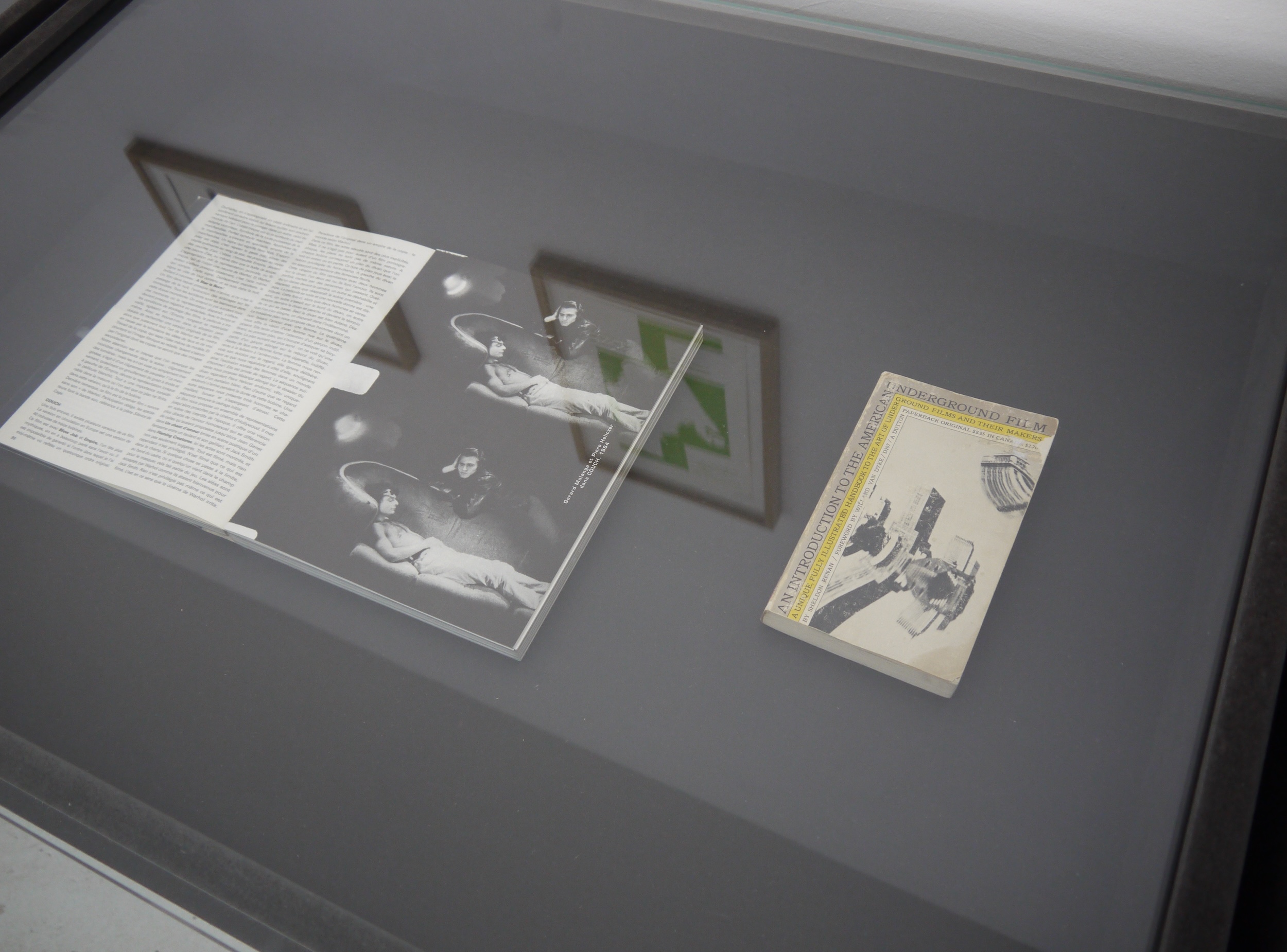
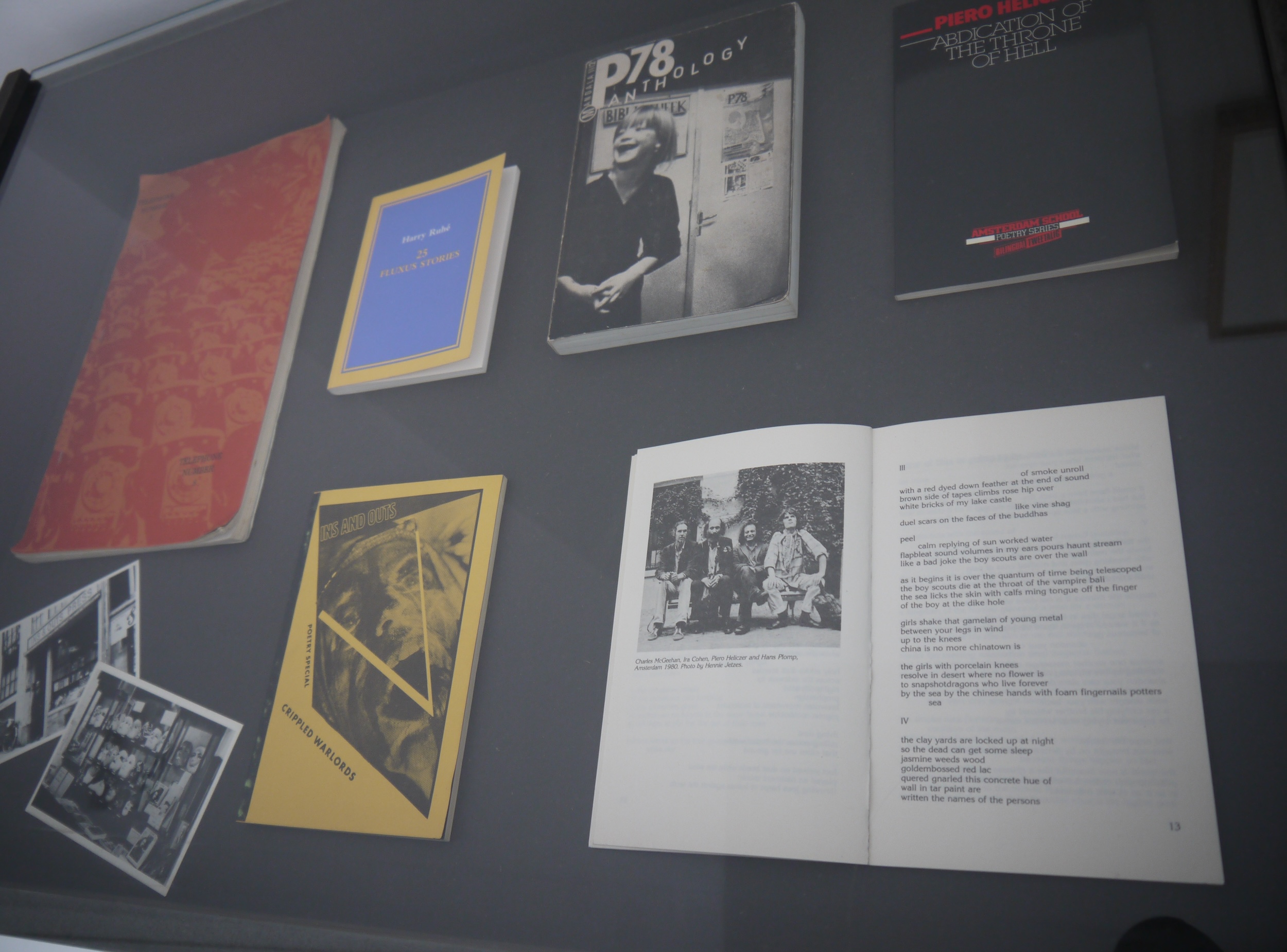
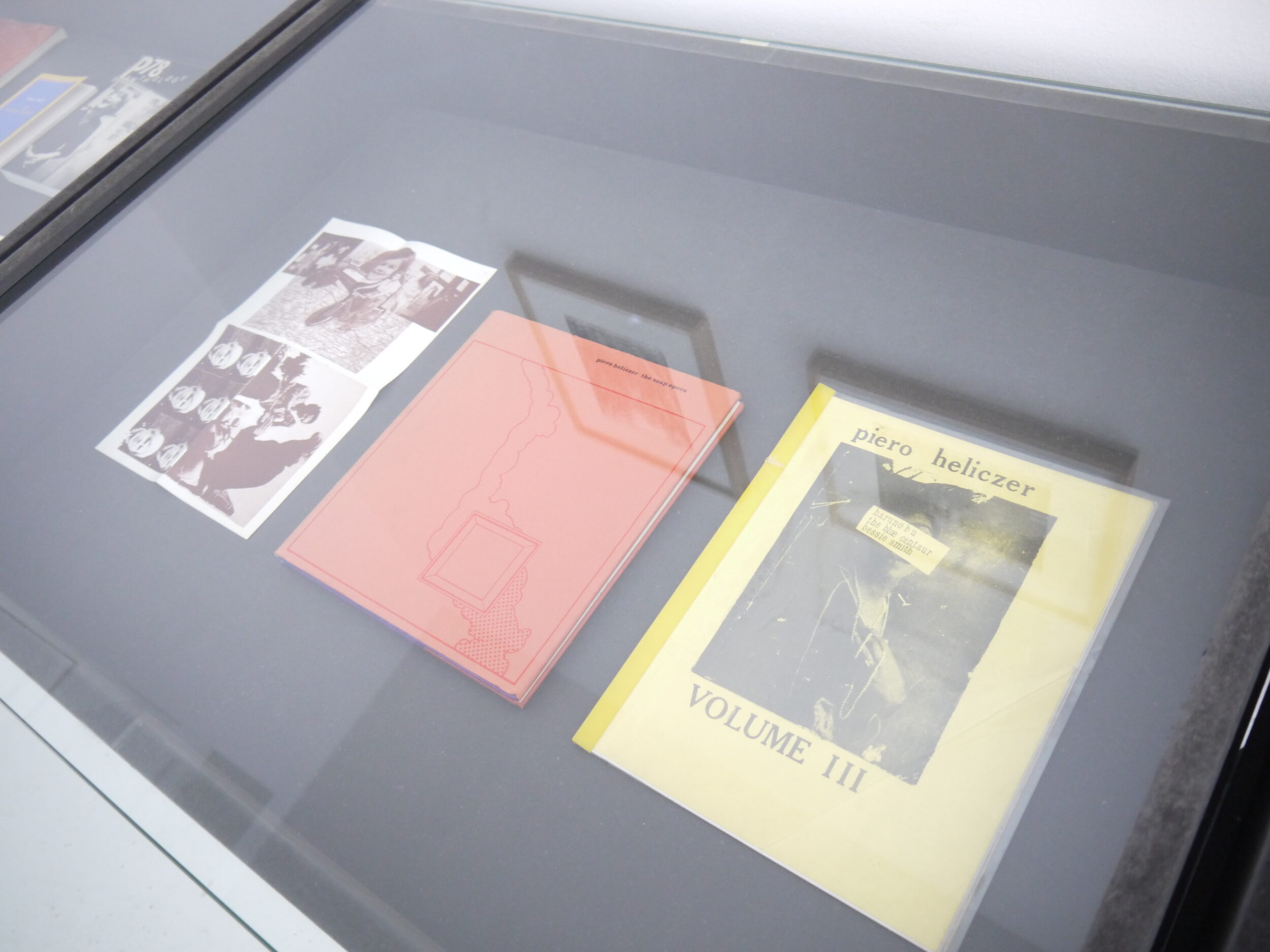
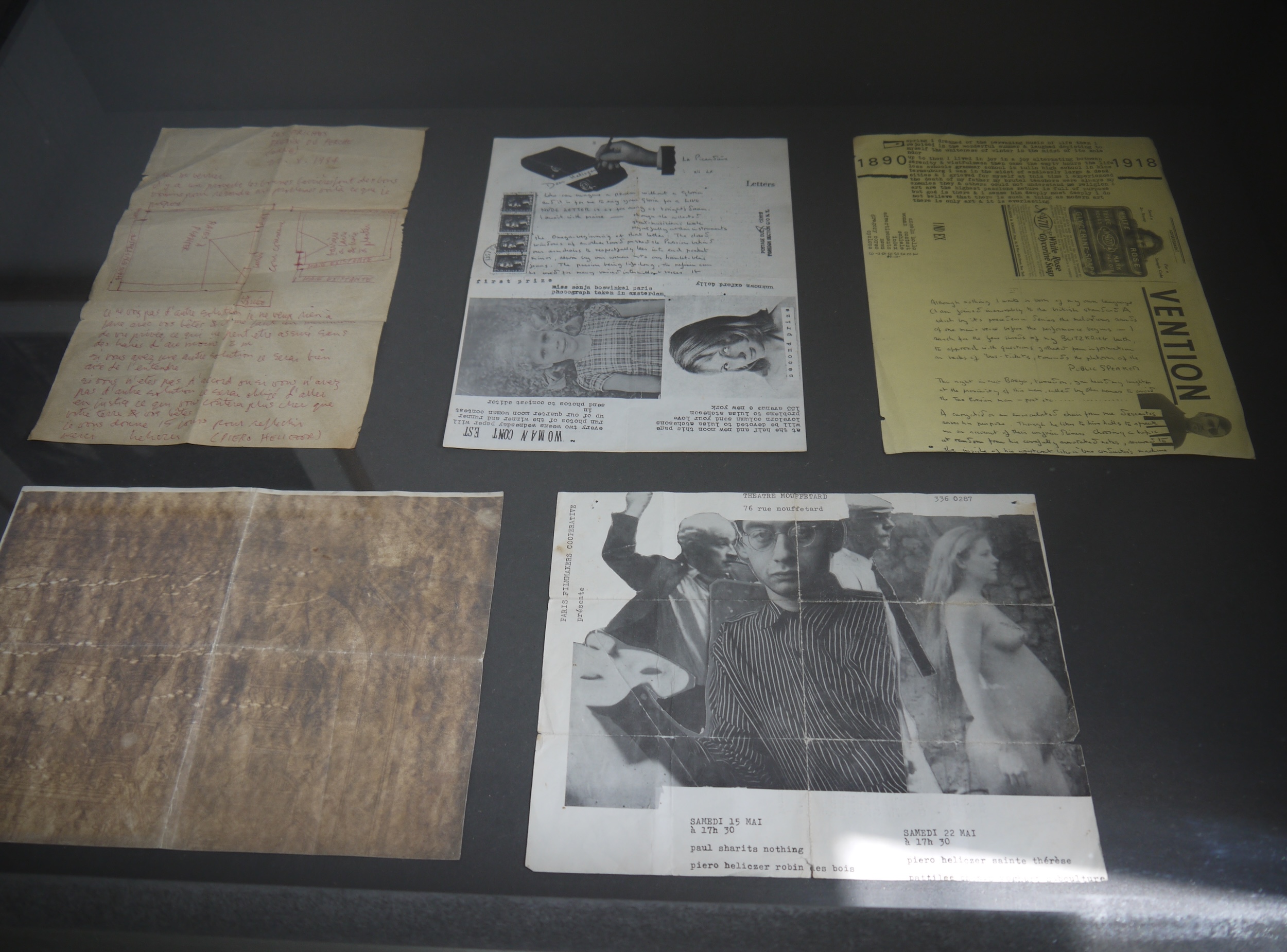
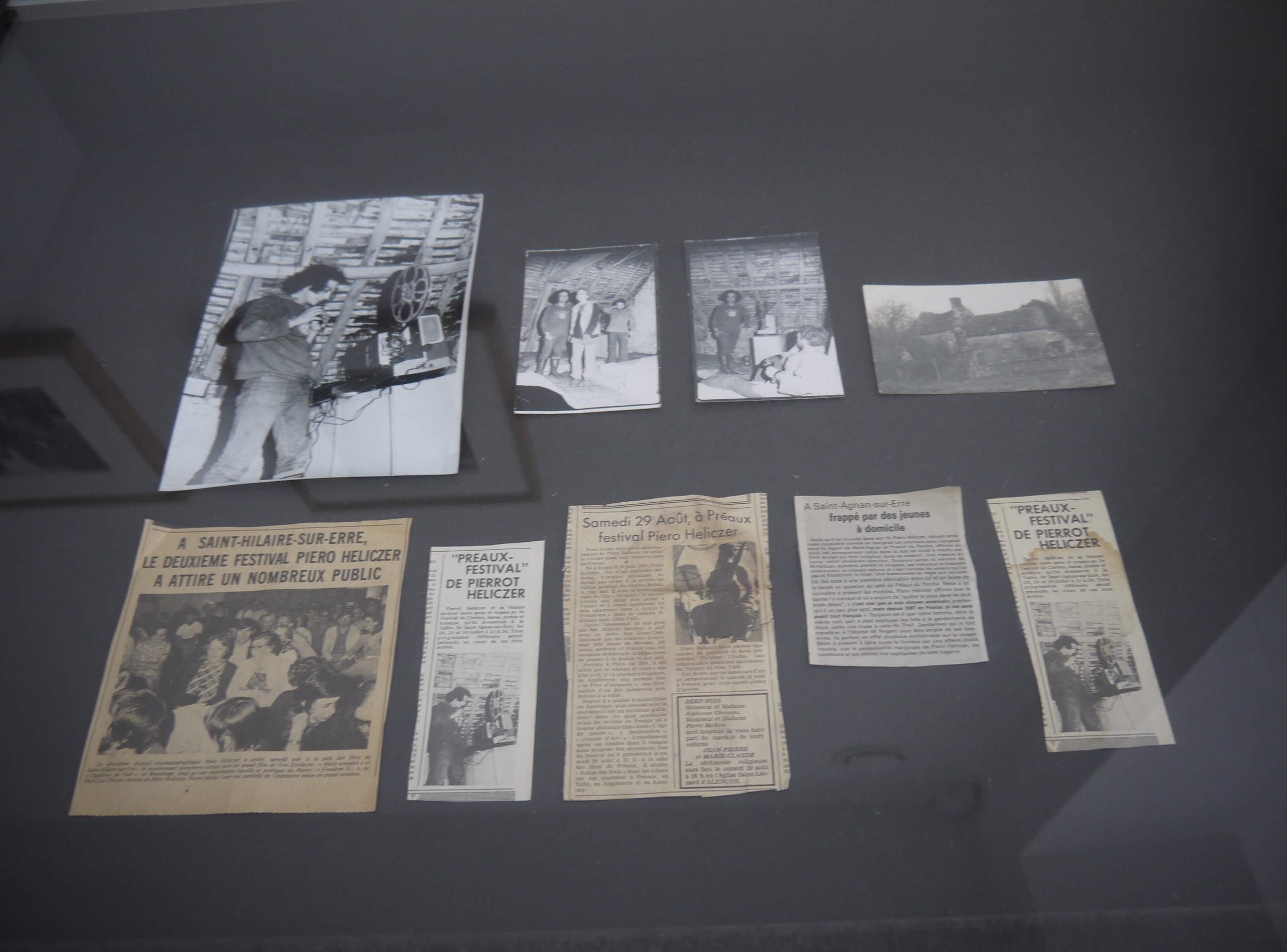
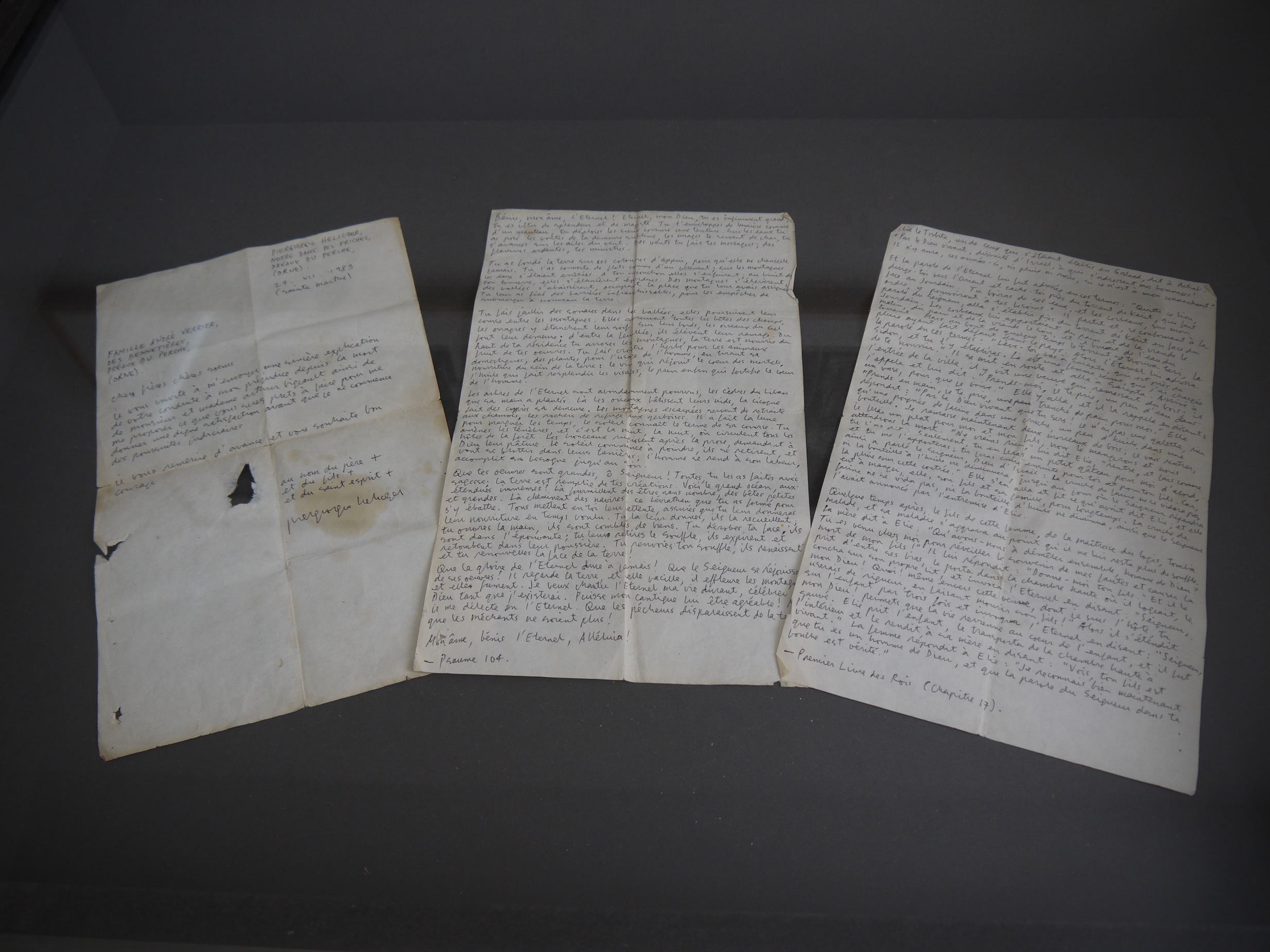
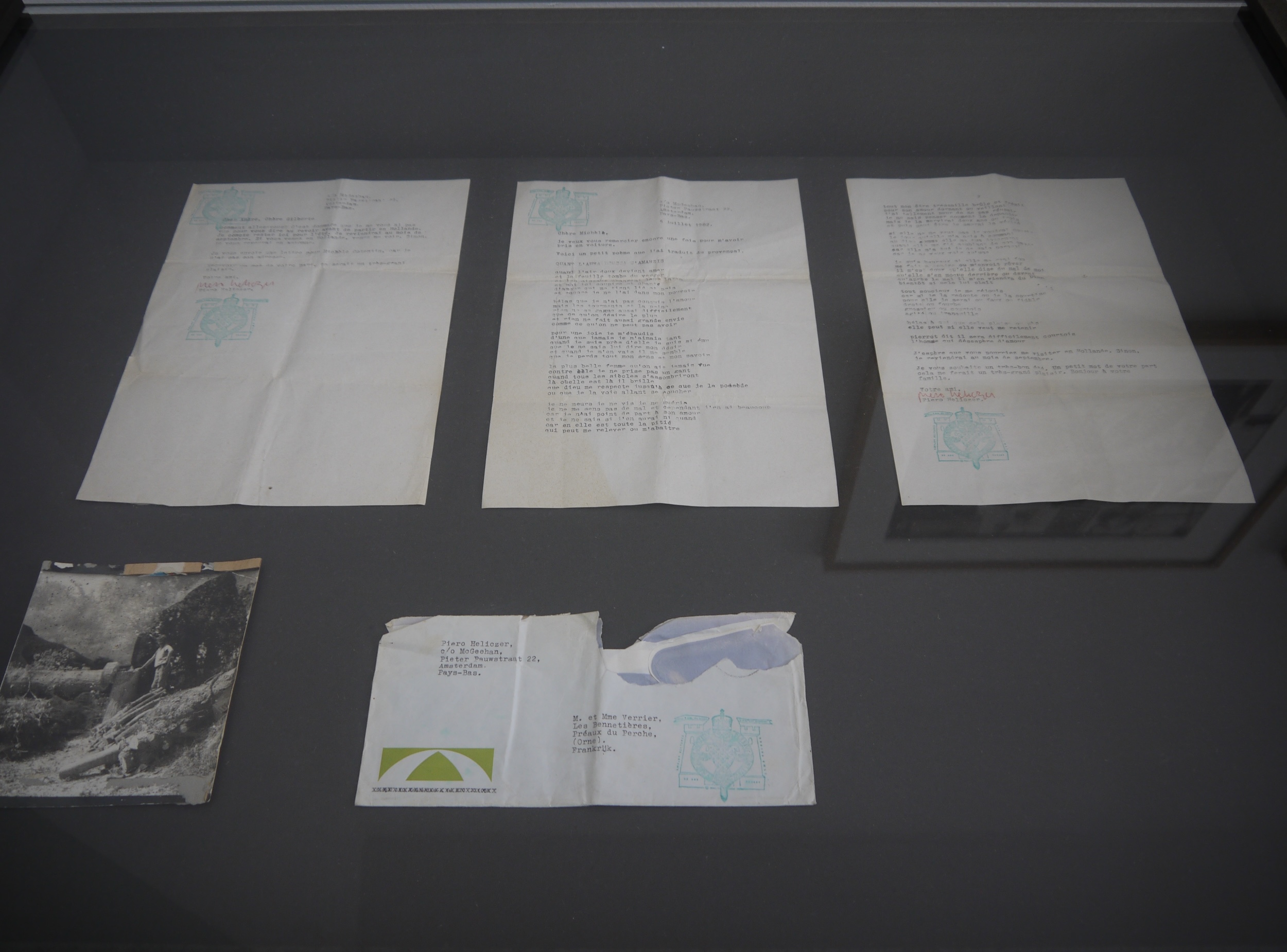
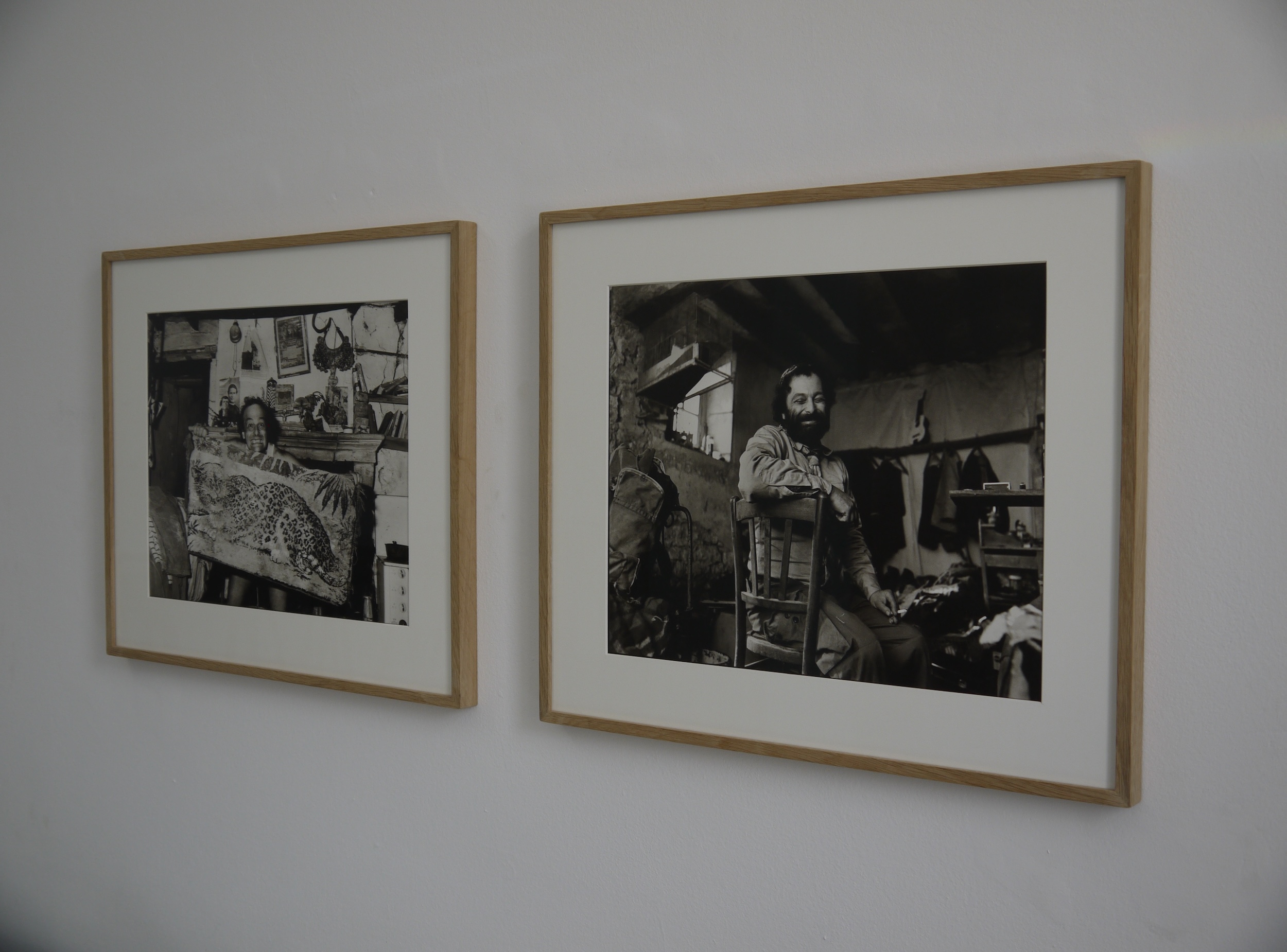
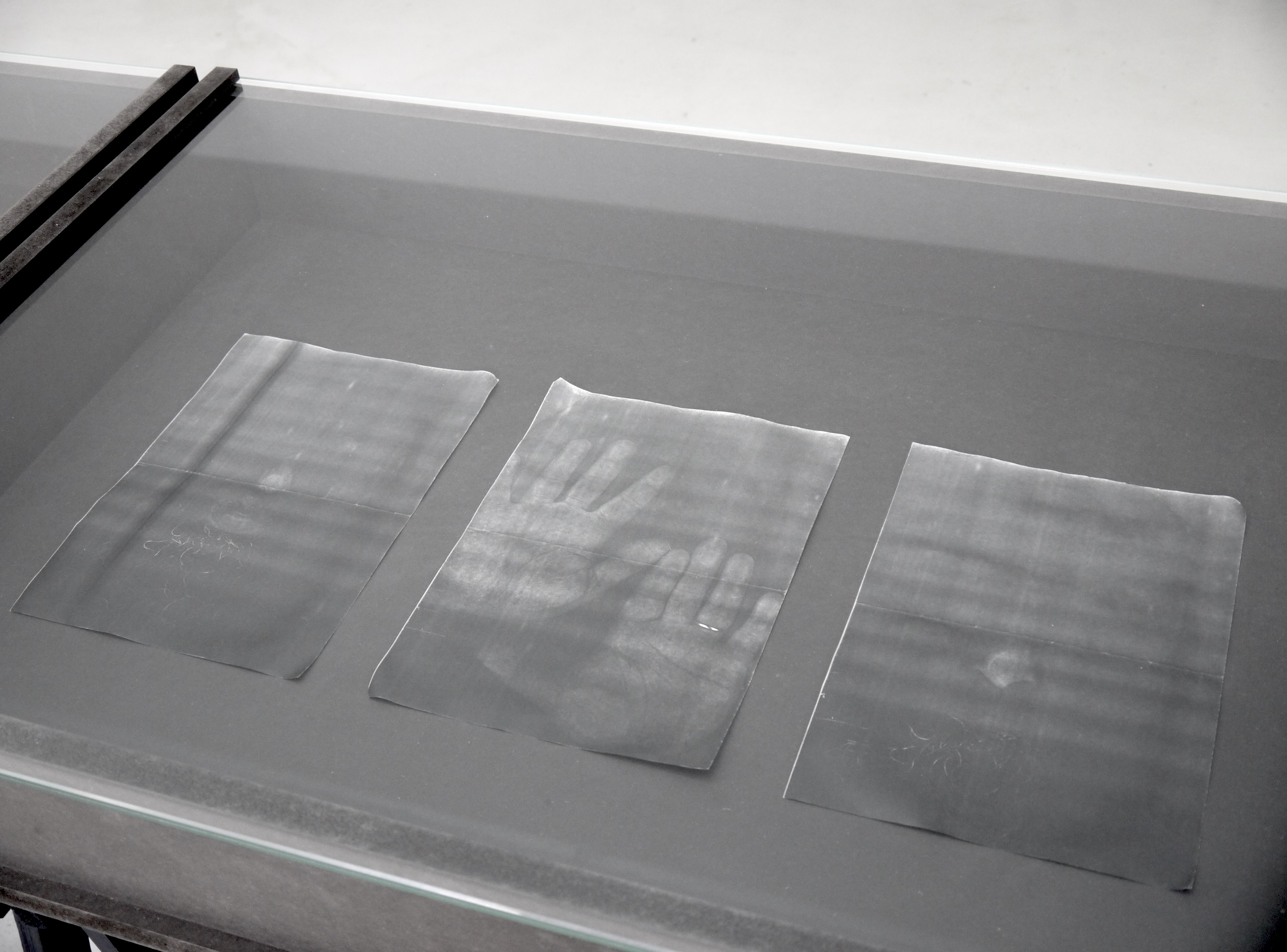
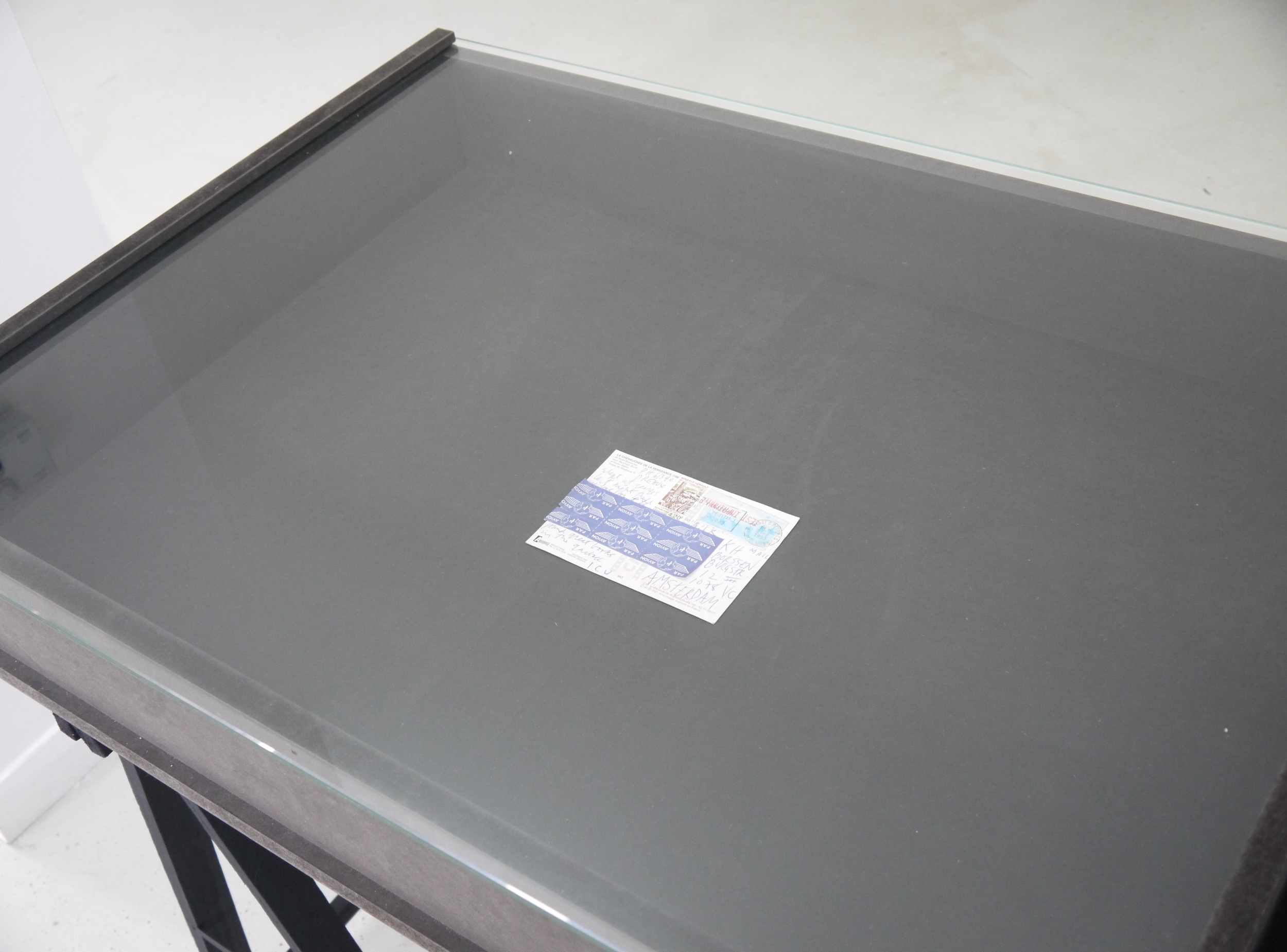
Born in Rome in 1937, Piero Heliczer (poet, publisher, filmmaker, actor, musician…) died in Préaux-du-Perche in the Orne region in 1993, where he is buried.
At the age of five, in 1942, he acted in Italy in the film Bengasi, before moving to the United States with his mother, where he briefly studied literature and linguistics at Harvard.
In 1957, in Paris, he founded his publishing house: The Dead Language Press. There, he published his own poems as well as those of other authors such as Gregory Corso, Jack Smith, Angus Maclise, Anselm Hollo…
Piero Heliczer’s poetry is written in a style reminiscent of 17th-century English literature, through the use of metaphors and juxtapositions of strange images. Considered a “baby beat,” he is seen as a continuation of the Beat Generation writers, whom he published and interacted with throughout his life.
His poems appeared in numerous magazines and were also published in book form, first by Trigram Press (The Soap Opera) in 1967. Gerard Malanga, who devoted a special issue of Little Caesar magazine to him in 1979, later edited the anthology A Purchase in the White Botanica (Granary Books, 2001).
In the early 1960s, he traveled between Paris, London, and New York. During this time, he discovered the Orne department and the Perche region through the artist Hundertwasser, with whom he stayed for a while at a place called La Picaudière.
In Brighton in 1961, he made his first film, Autumn Feast, in collaboration with director Jeff Keen; he would later become very close to Andy Warhol and his circle. Around the same time, he appeared in Flaming Creatures by Jack Smith and Couch by Andy Warhol.
In 1965, Piero Heliczer filmed the Velvet Underground’s first television appearance for a CBS News broadcast with Walter Cronkite. His commitment to experimental cinema led him to found the Paris Filmmakers Cooperative, with the aim of showing his films and those of other filmmakers such as Tony Conrad, Paul Sharits, Andy Warhol, Jonas Mekas, Stan Brakhage…
In the late 1960s, he bought a house in Préaux-du-Perche, in a hamlet called Les Friches, which he renamed Notre Dame des Friches while shooting his (now lost) film Sainte Thérèse there. From then on, he divided his time between New York, London, Amsterdam, and Préaux-du-Perche until the end of his life.